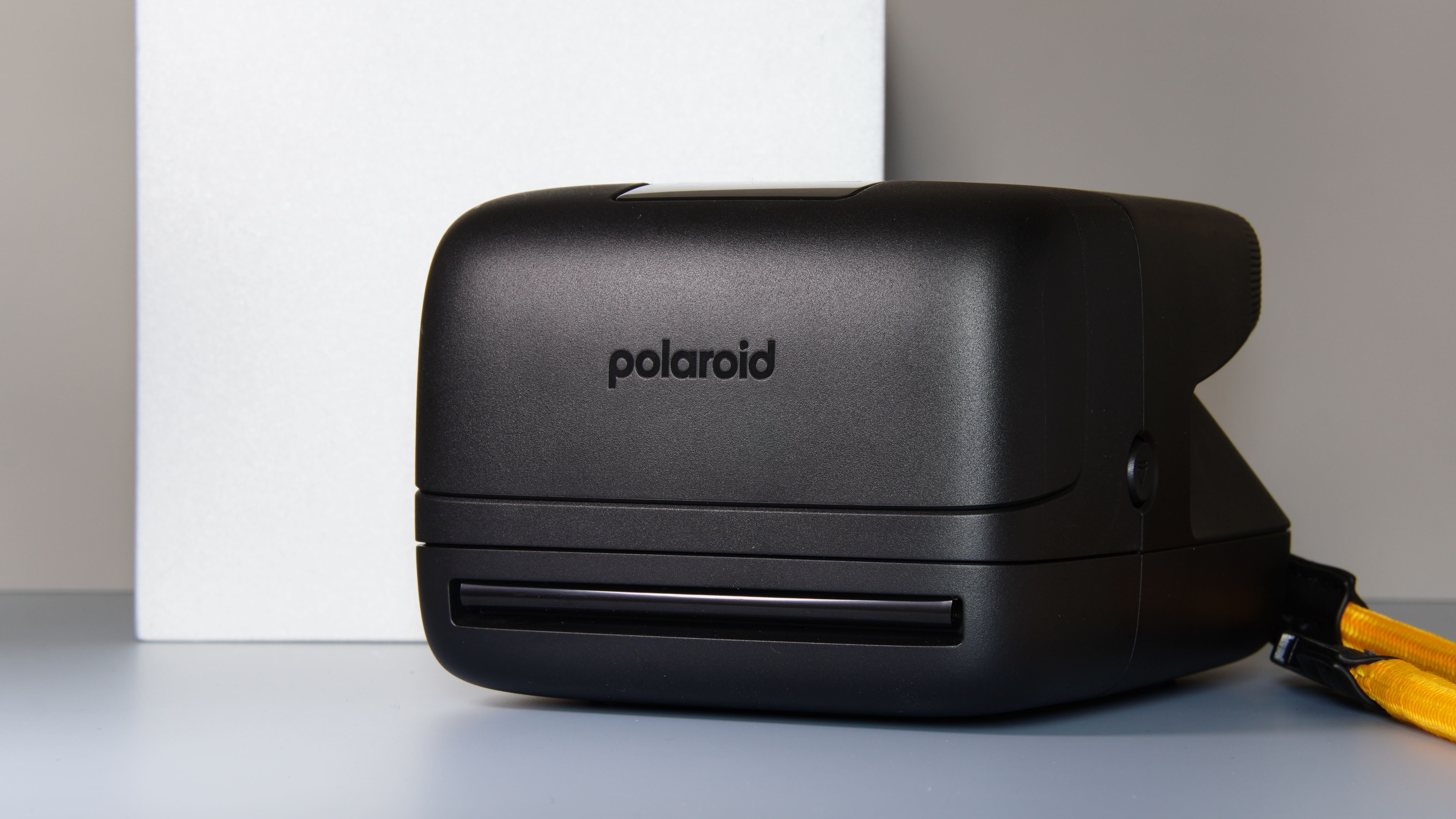Cameras
The latest Cameras breaking news, comment, reviews and features from the experts at T3
Explore Cameras
-
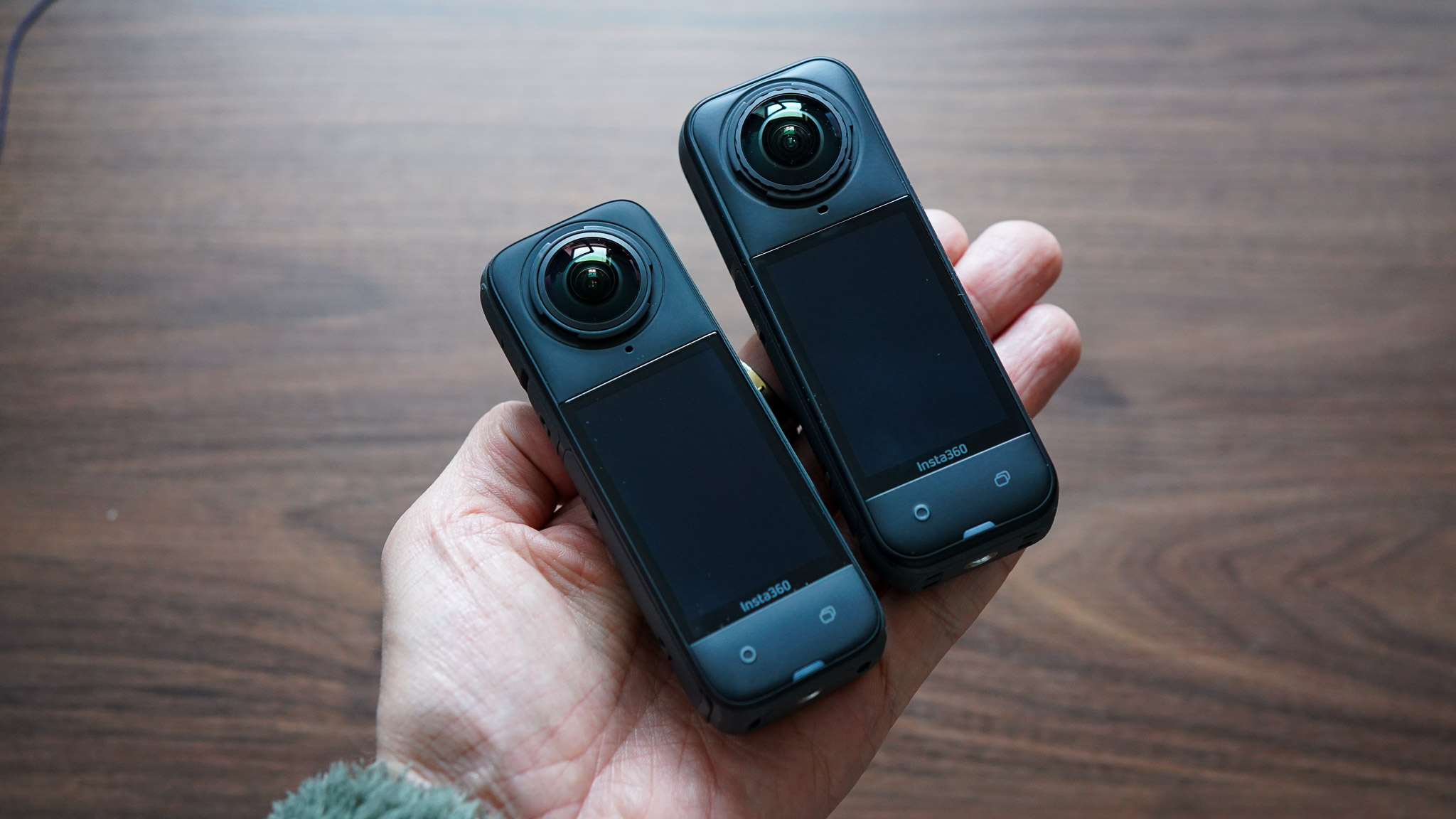
Insta360 X5 vs Insta360 X4: worth the upgrade?
The best 360-degree action cameras go head-to-head
By Matt Kollat Published
-

Insta360 X5 debuts with massive sensor upgrade and AI-powered video magic
The new camera delivers better 360° video in every way
By Matt Kollat Published
-
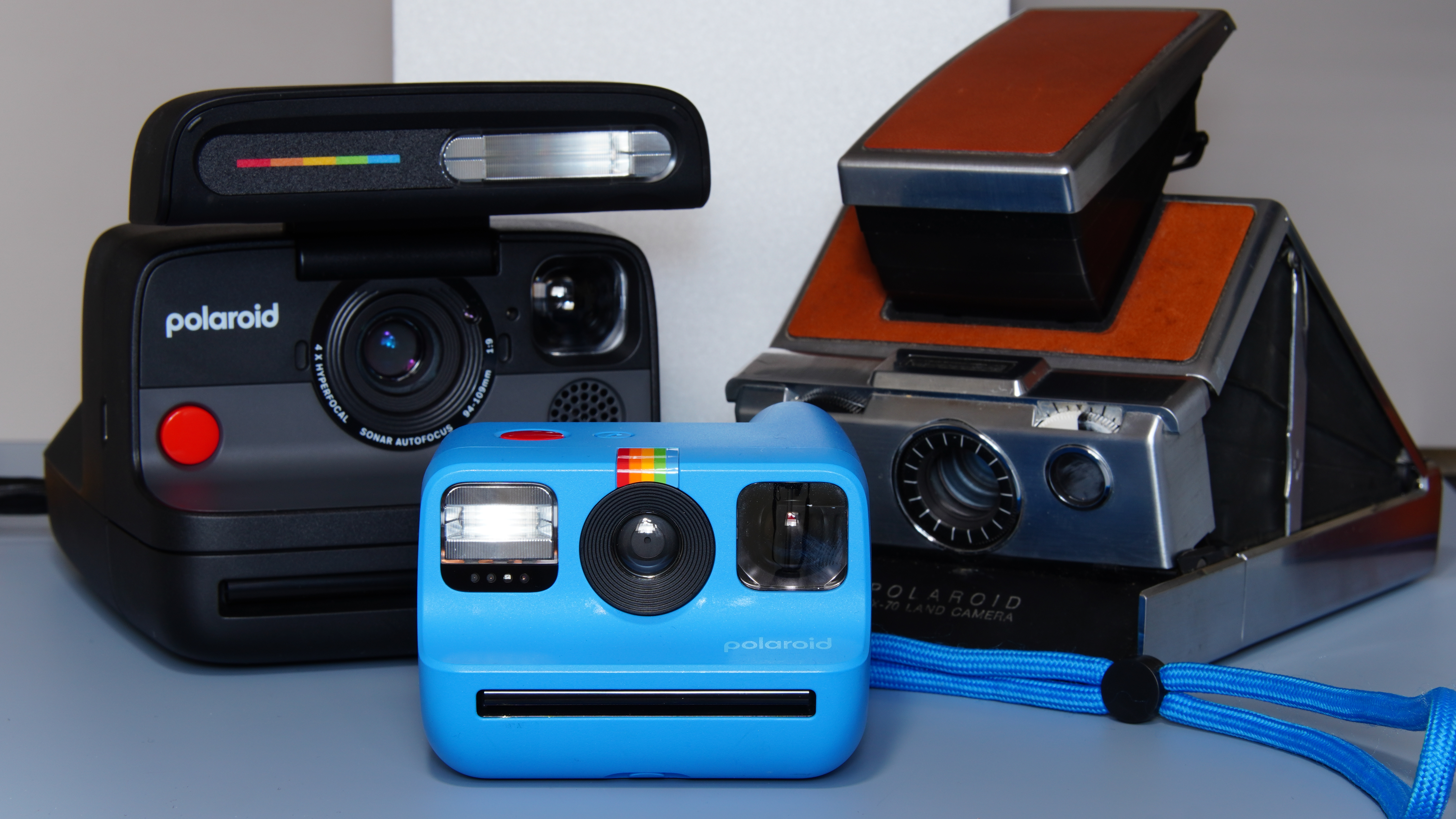
After the launch of the Polaroid Flip, my dream camera is one step closer to reality
If we could just Frankenstein these three cameras, I'll never need to buy another
By Sam Cross Published
-
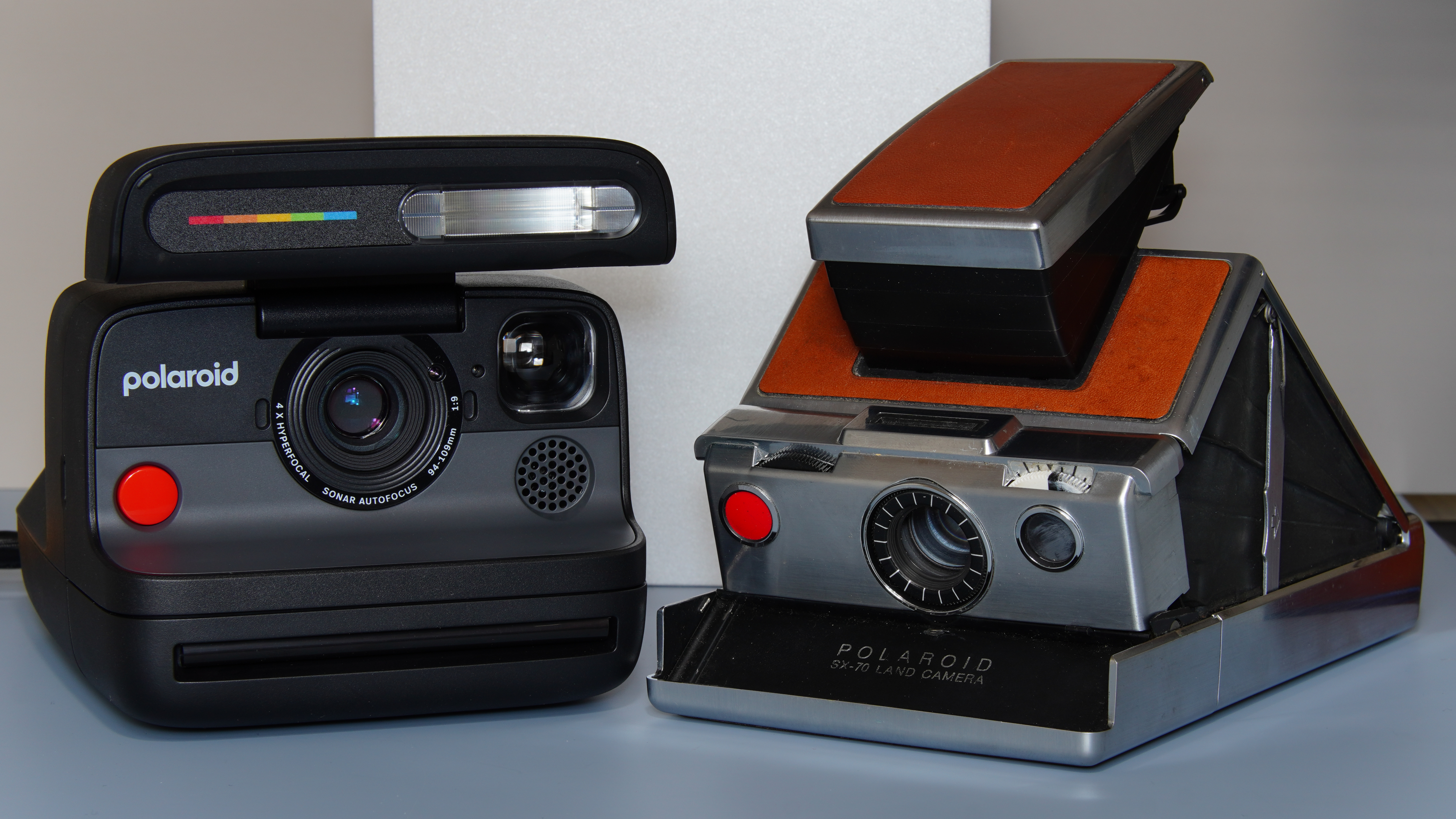
"A Polaroid SX-70 in 2025 would cost £2,500", says company exec
EXCLUSIVE: T3 discusses the reason why the iconic camera hasn't been remade
By Sam Cross Published
-

Sony World Photography Awards 2025 holds a mirror up to an artificial natural world
Zed Nelson's Anthropocene Illusion scores him this year's SWPA Photographer of the Year
By Mat Gallagher Published
-
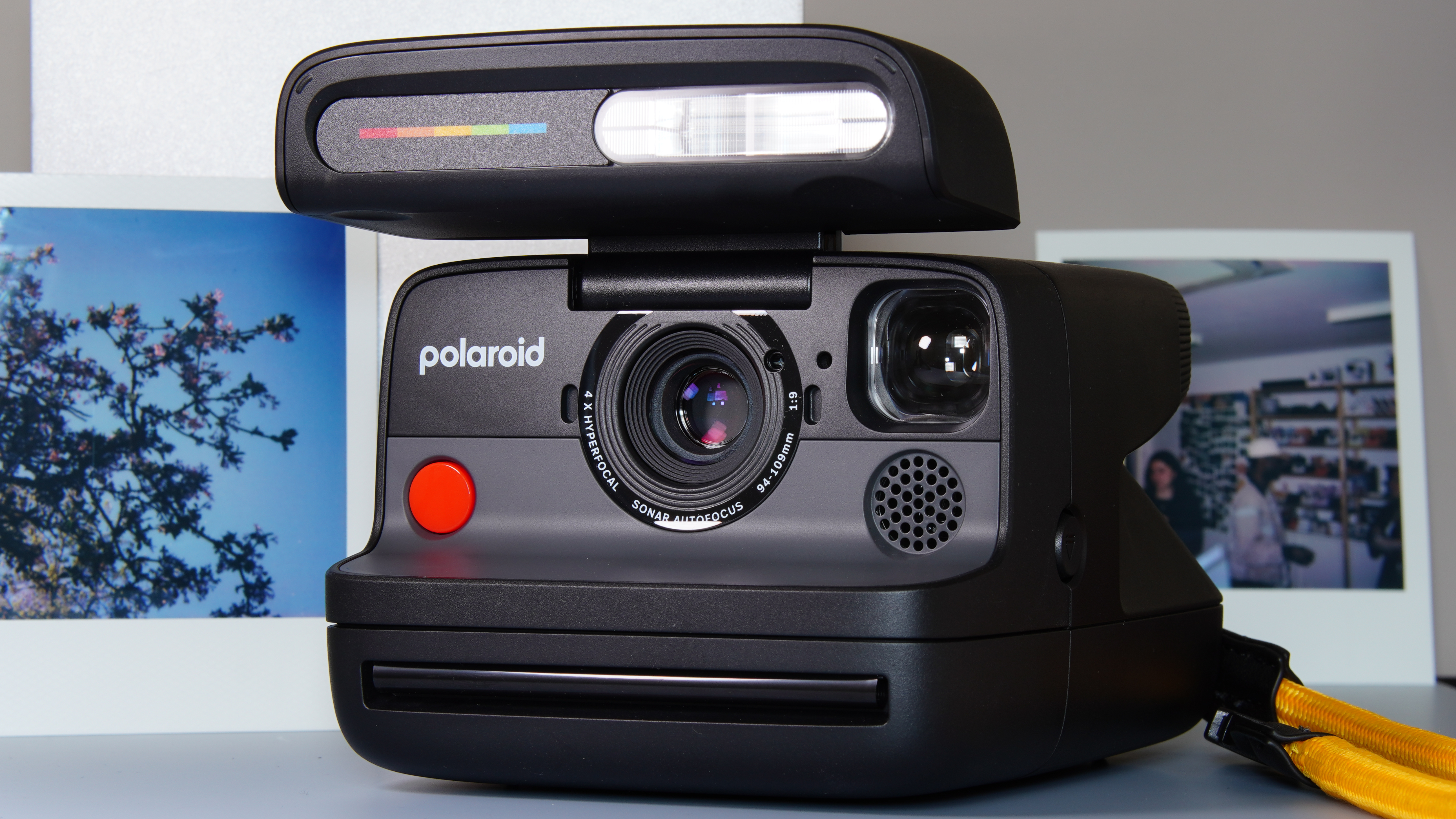
I've used the Polaroid Flip – it's the best Polaroid camera you can buy
It's better than my SX-70
By Sam Cross Published
-

This is the camera Declan Rice uses for his secret Instagram
We certainly approve of his pick
By Sam Cross Published
-
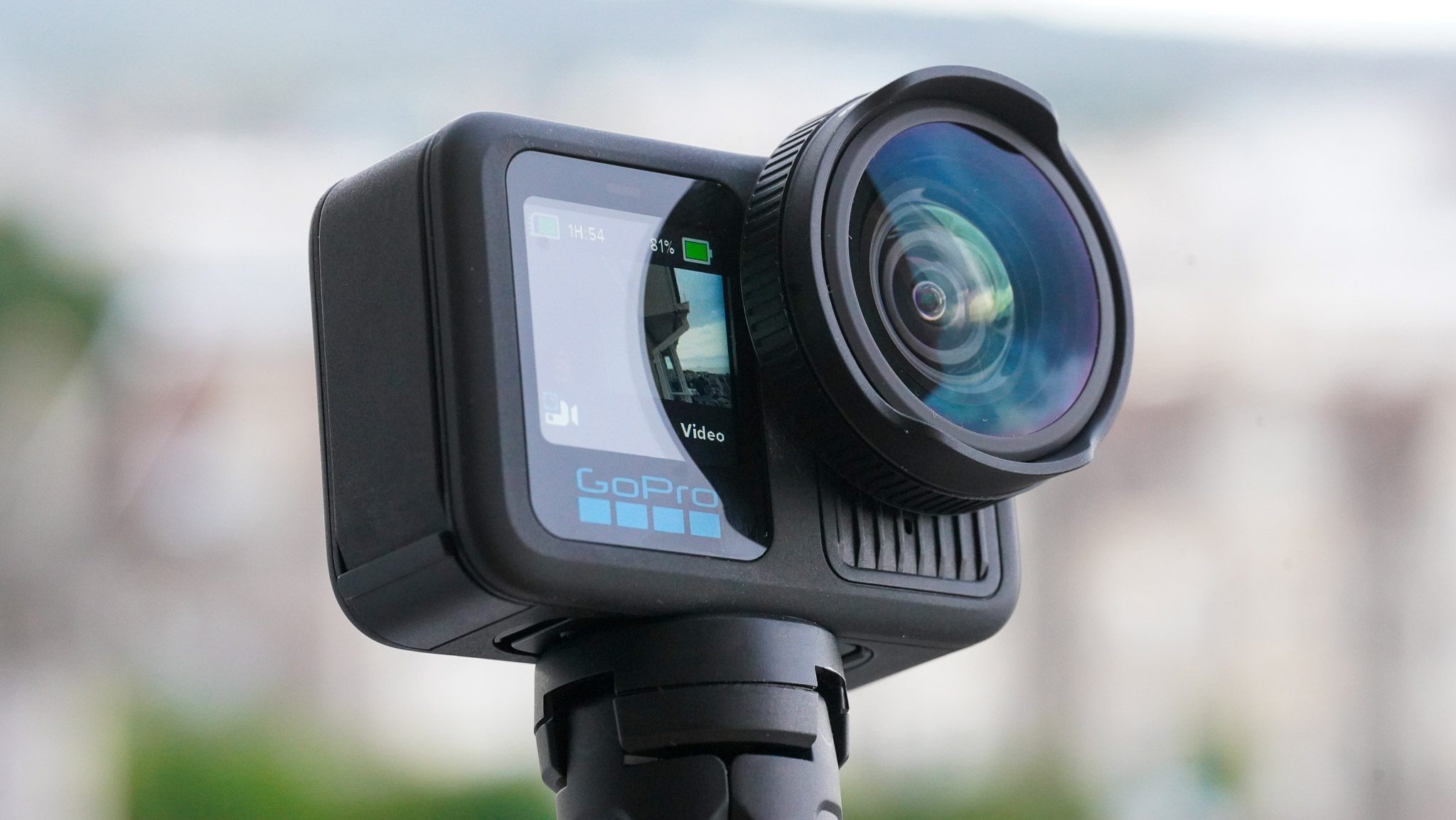
GoPro, the brand that made action cameras cool, is struggling to stay in the frame
Can the company reinvent itself for a world that doesn’t necessarily need action cameras?
By Matt Kollat Published
-
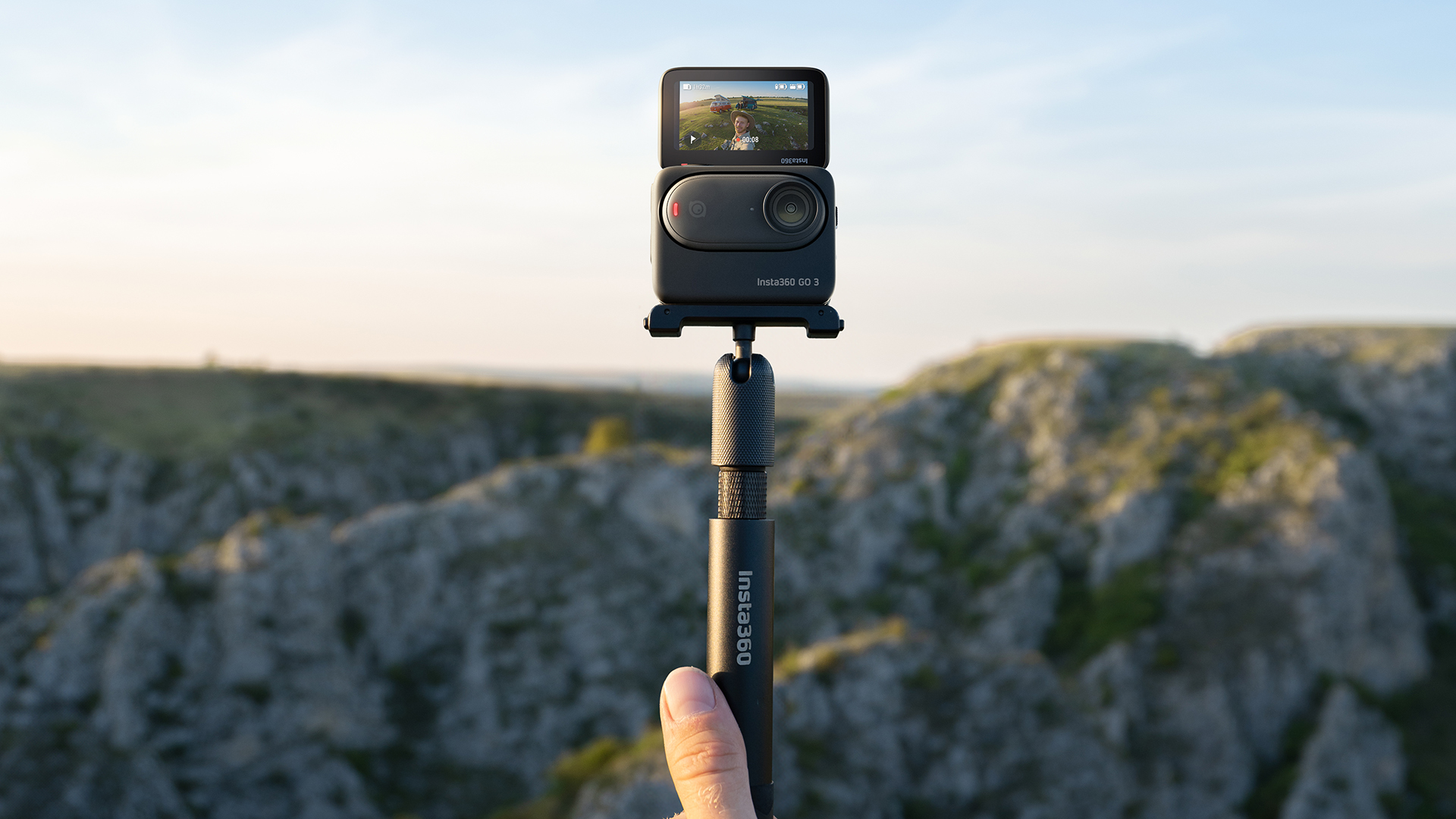
Best action camera 2025: rugged cams for adventurers and vloggers
The best action cameras from GoPro, DJI, Insta360 and others to capture your adventures
By Matt Kollat Published
-

Insta360's most powerful action cam just became way more affordable in this unmissable Amazon deal
Get 360-degree, 8K video, epic battery life and AI editing - all now with £70 off
By Lee Bell Published
-
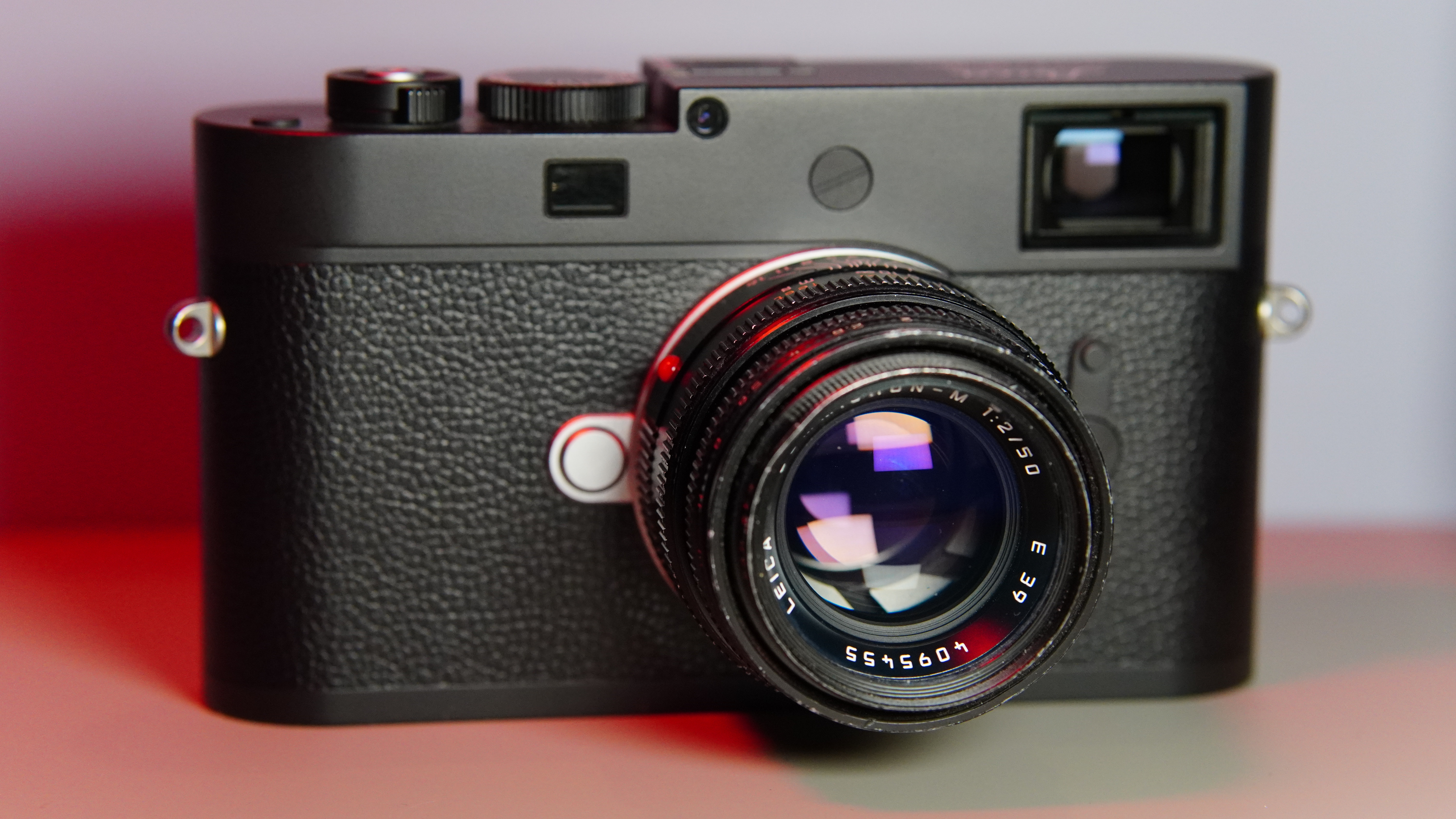
Leica could launch a new M-series compact camera soon – and it might lose one iconic feature
The rumoured M11-V might look very different
By Sam Cross Published
-
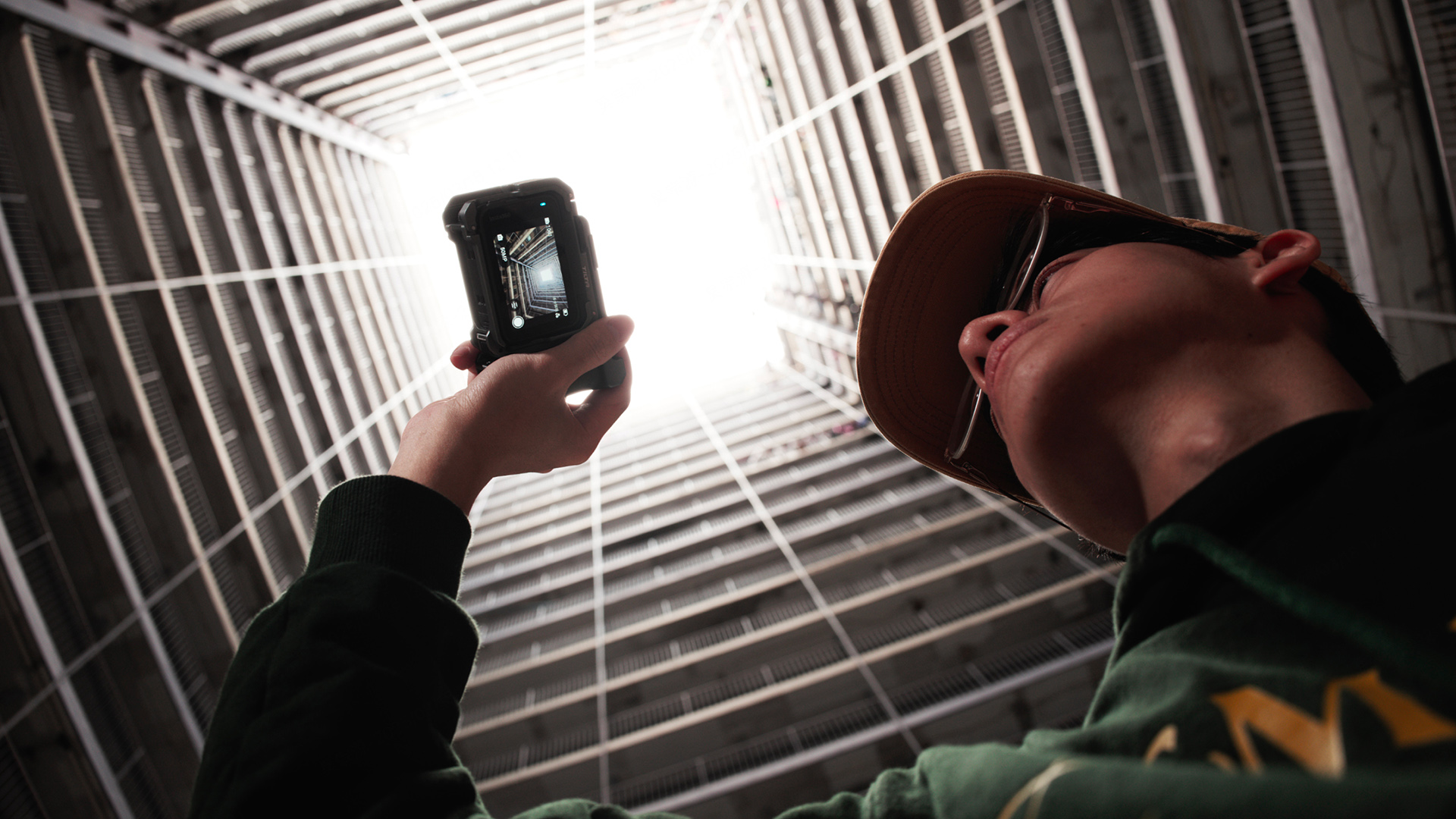
This Insta360 accessory turns your action camera into a full-fledged DSLR for only $84.99
Urban explorer vibes meet street shooter flair in Insta360’s latest stylish kit
By Matt Kollat Published
-
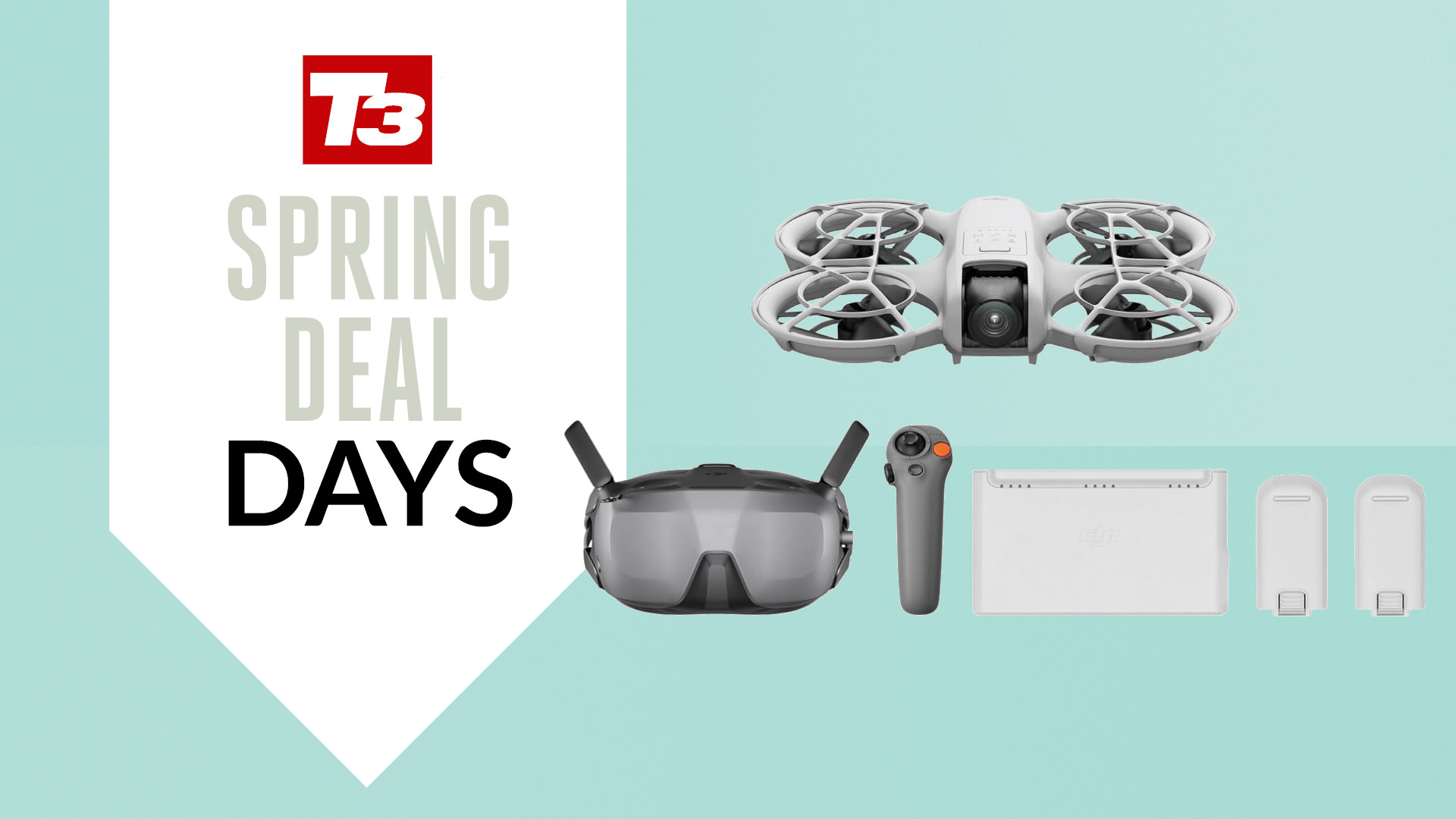
DJI’s ultimate beginner drone crashes to its lowest-ever price in the Amazon Spring Sale
You can now grab the DJI Neo Motion Fly More Combo for less than £400 – ideal for first-time pilots
By Bryony Firth-Bernard Published
-
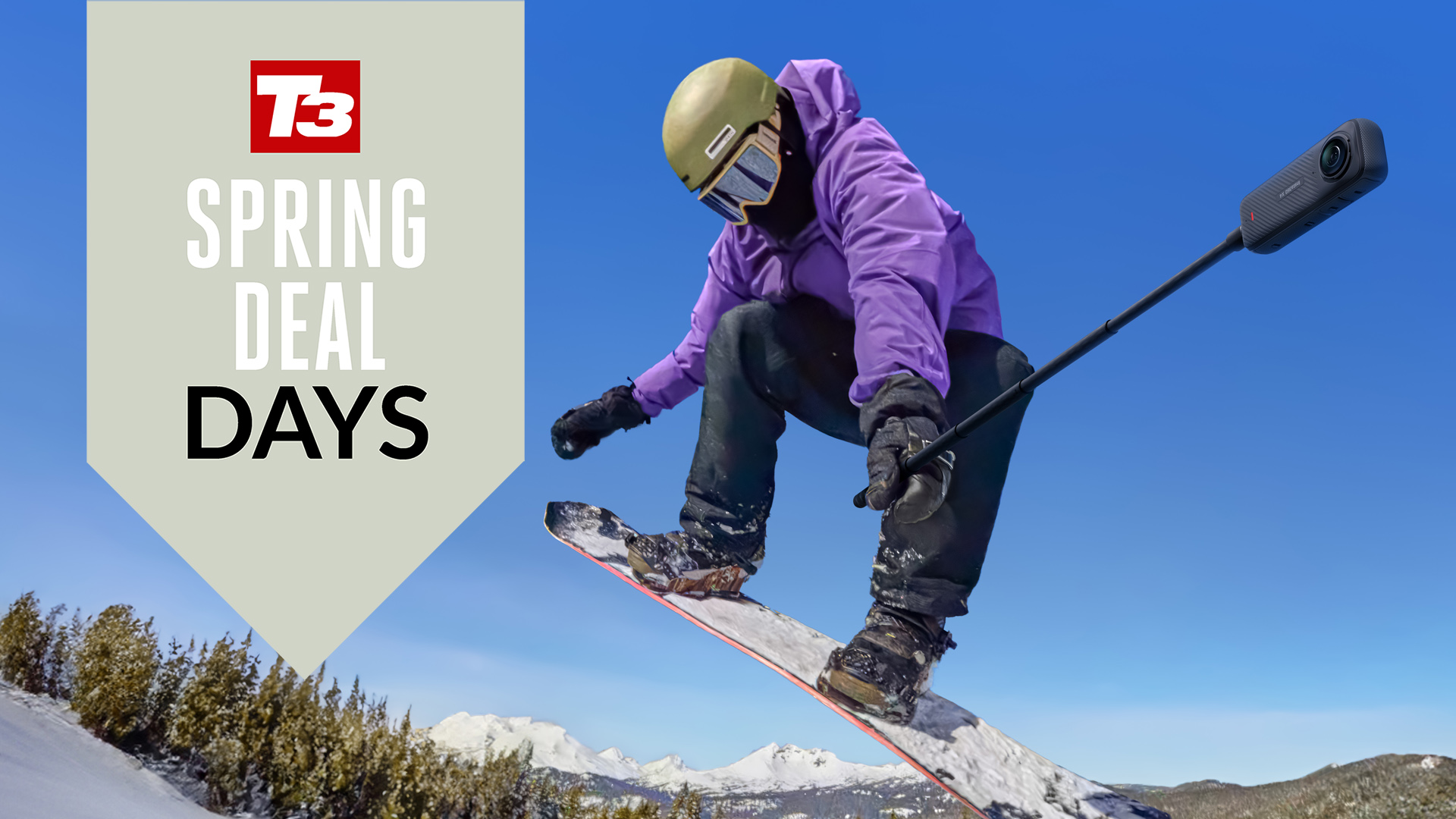
Insta360 just launched its Amazon-rival sale with the flagship X4 selling for an all-time low price
Plus, offers on the Ace Pro 2, Go 3S and more
By Matt Kollat Published
-
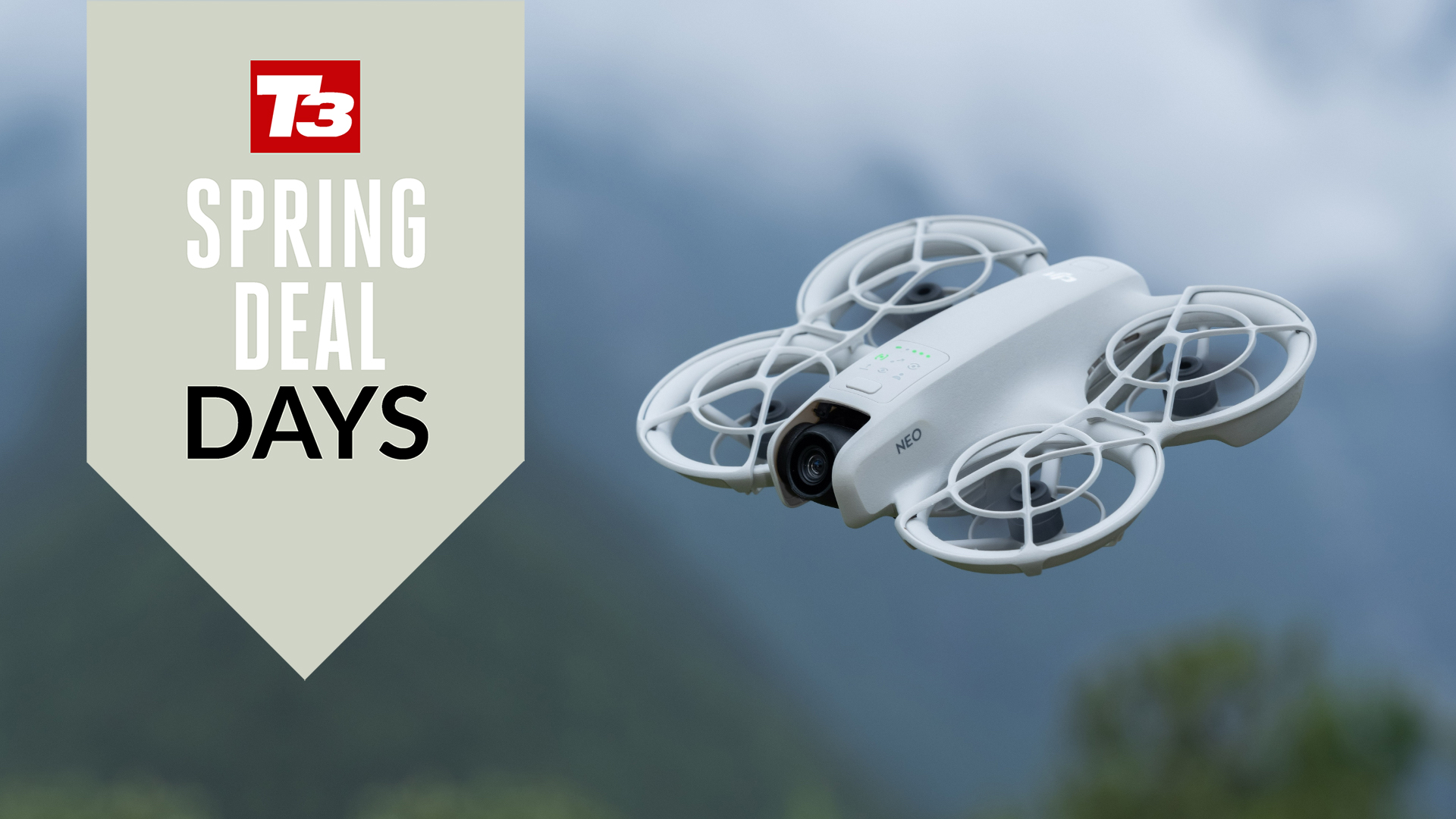
Forget Amazon’s Spring Sale – DJI’s deals include huge savings on some of the best drones from the brand
Yes, there is a DJI Neo offer!
By Matt Kollat Published
-
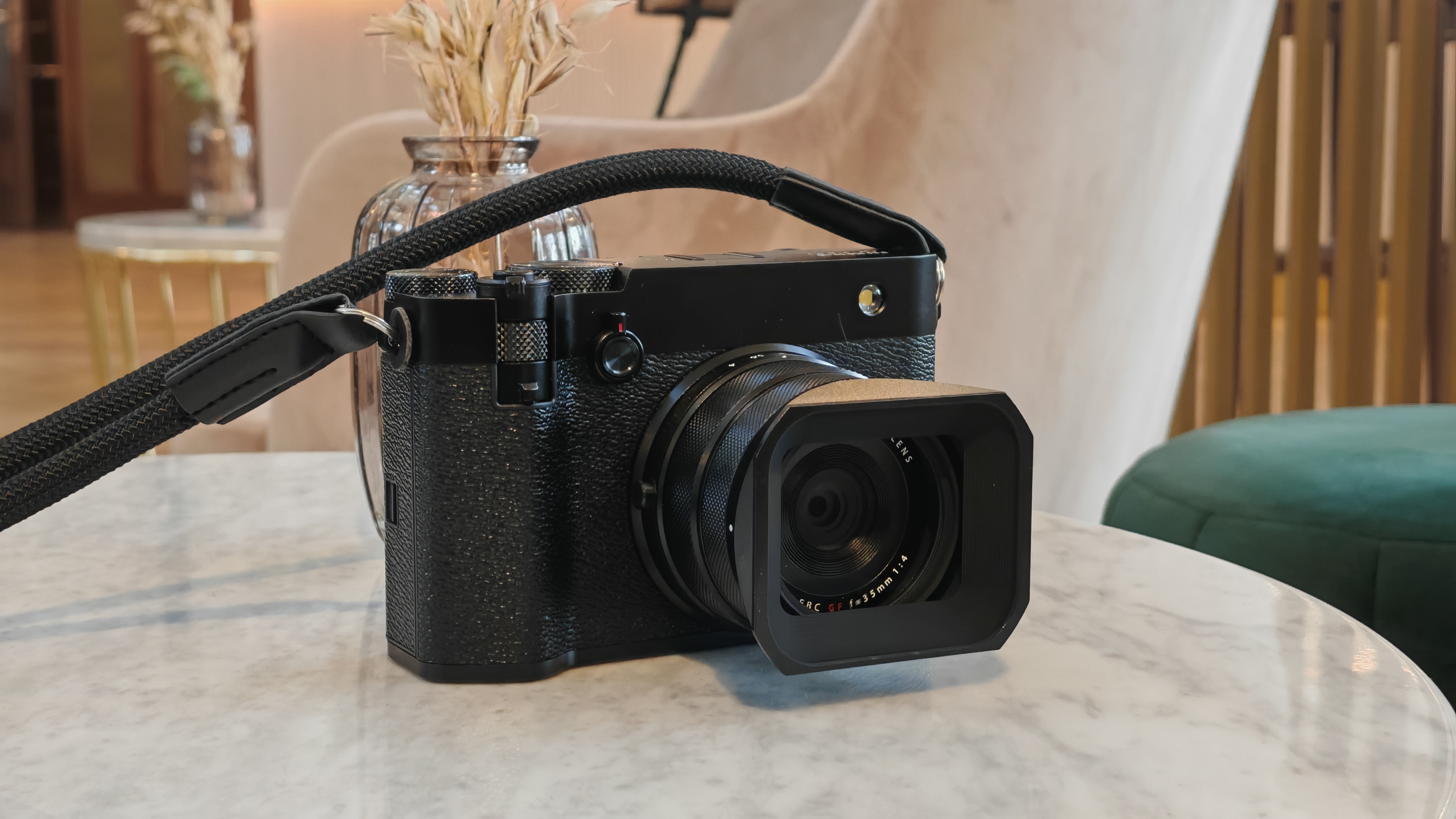
24 hours with the Fujifilm GFX100RF – my favourite feature caught me off-guard
I'd buy one just for this
By Sam Cross Published
-
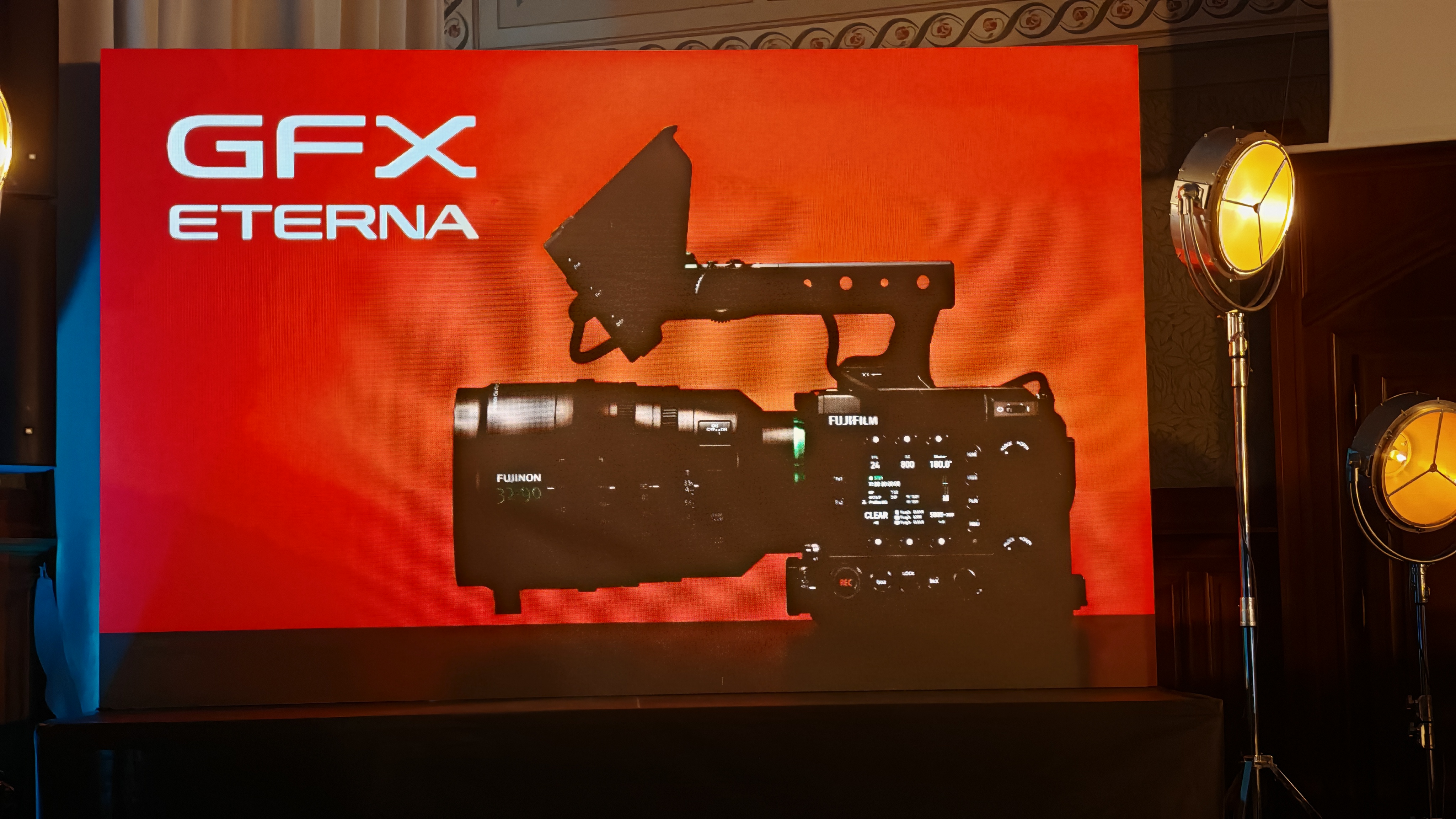
I've just seen footage from the Fujifilm GFX Eterna and I can't wait for this camera
And we won't have to wait long
By Sam Cross Published
-
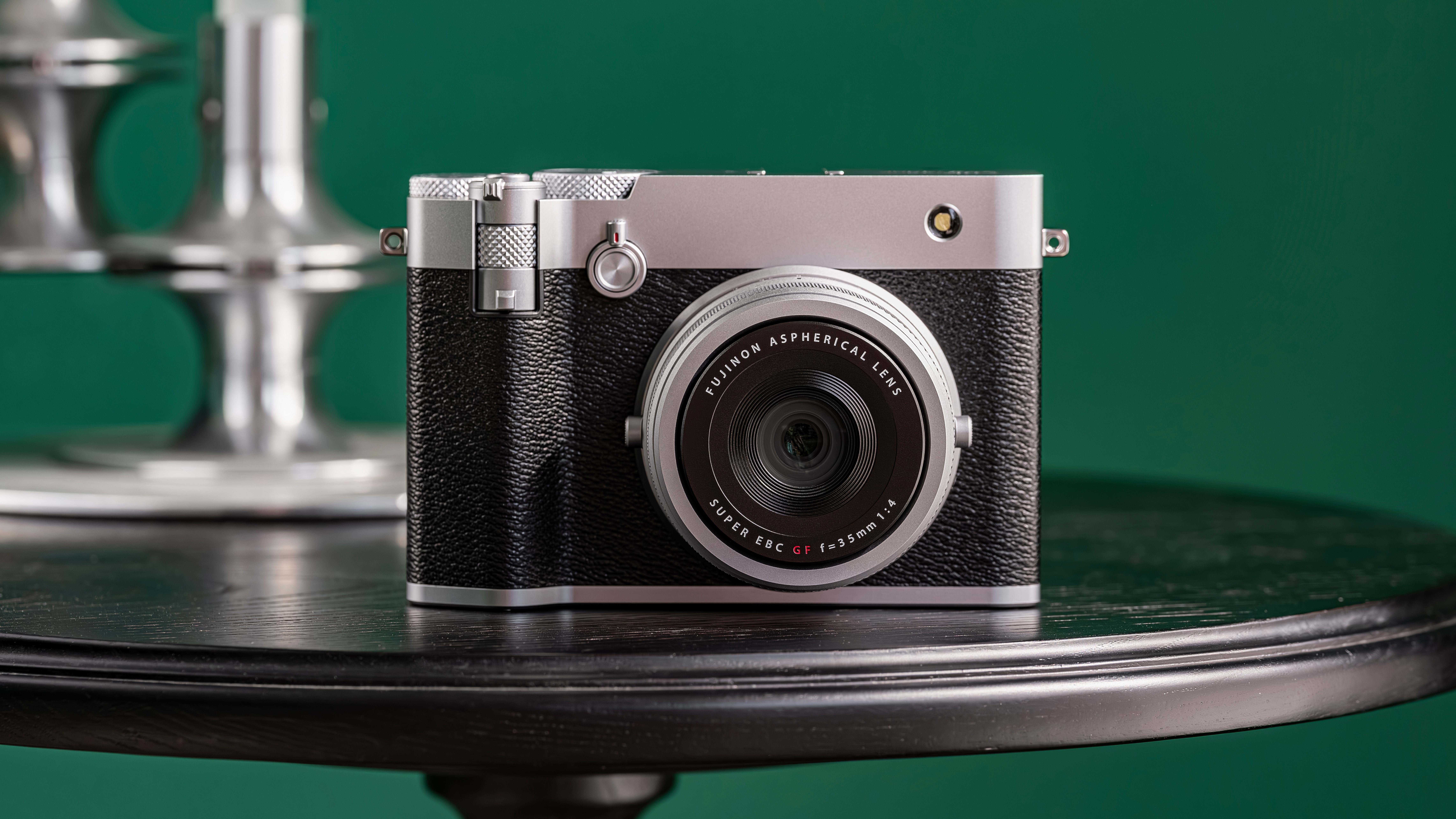
New Fujifilm camera is the ultimate hybrid of a Leica Q3 and a Fujifilm X100VI
The Fujifilm GFX100RF is the compact camera for serious shooters
By Sam Cross Published
-
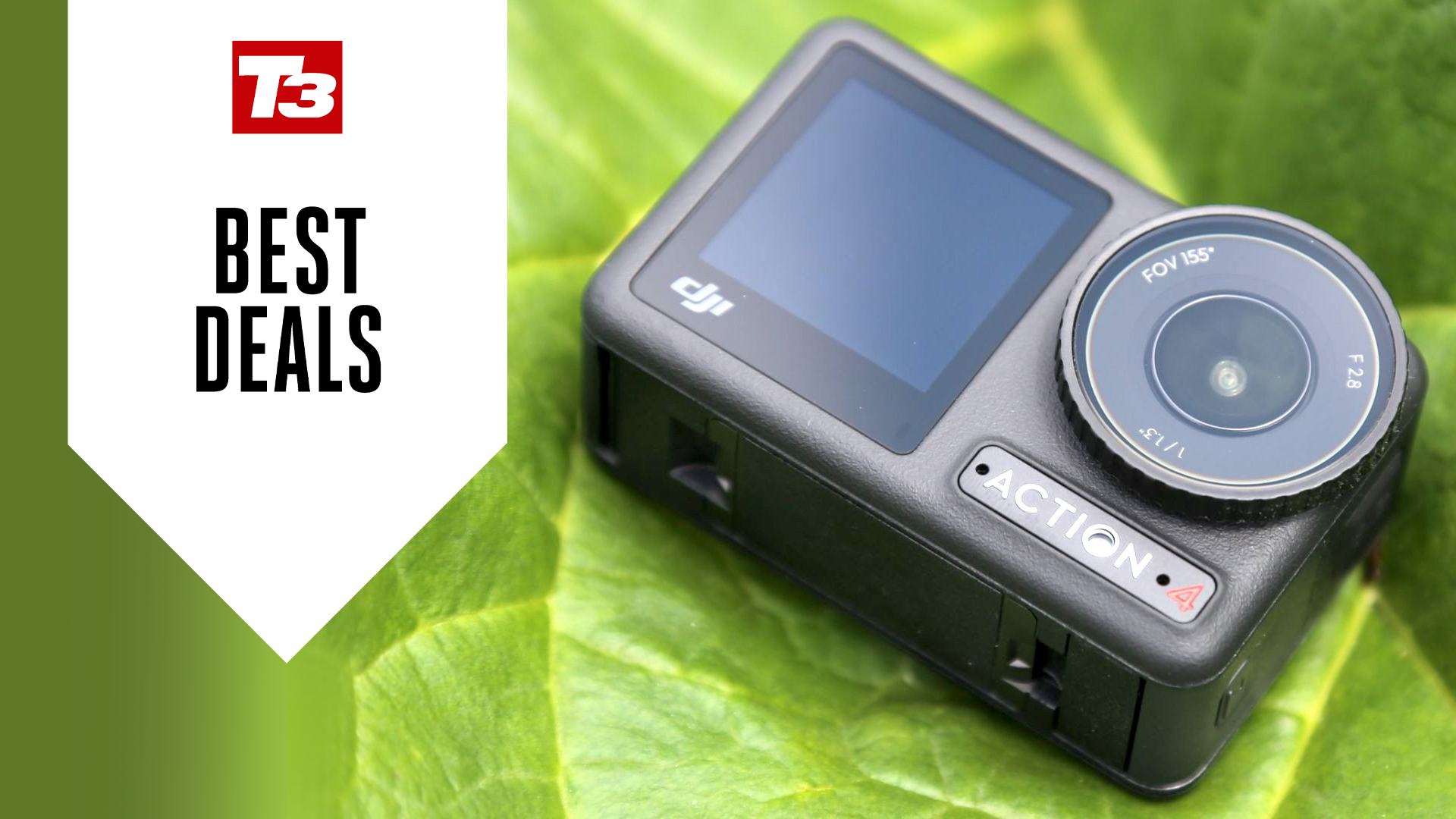
I've wanted this DJI action camera for years and at this price I'm finally buying it
Who needs the Amazon Spring Sale when deals are already this good?
By Sam Cross Published
-
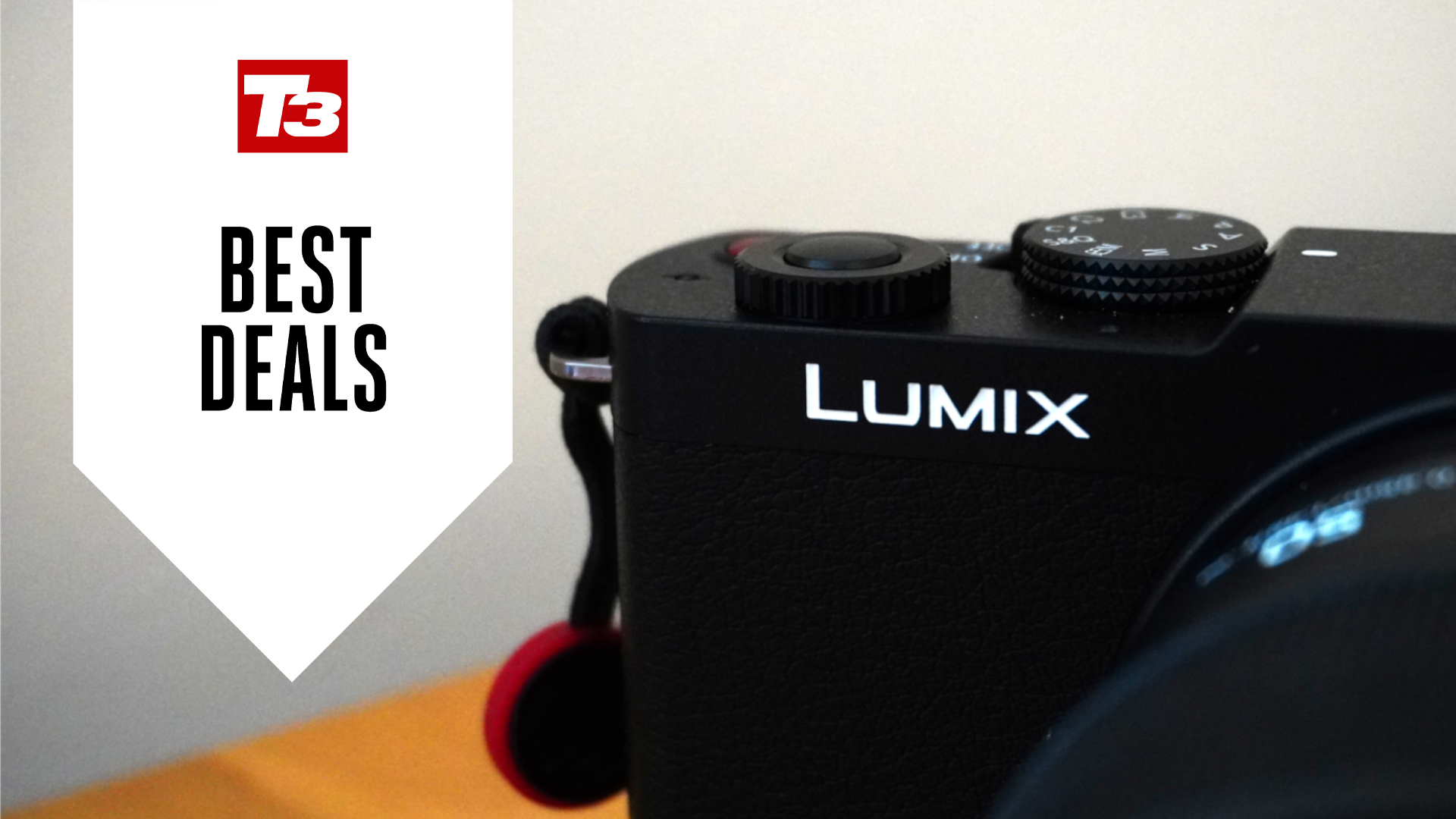
Who needs a Fujifilm X100VI with a mirrorless camera deal this good?
The Panasonic Lumix S9 is £500 off at Amazon
By Sam Cross Published
-

This DJI drone is perfect for first-time pilots and it’s now super cheap on Amazon
Save almost £100 on the DJI Mini 3
By Bryony Firth-Bernard Published
-
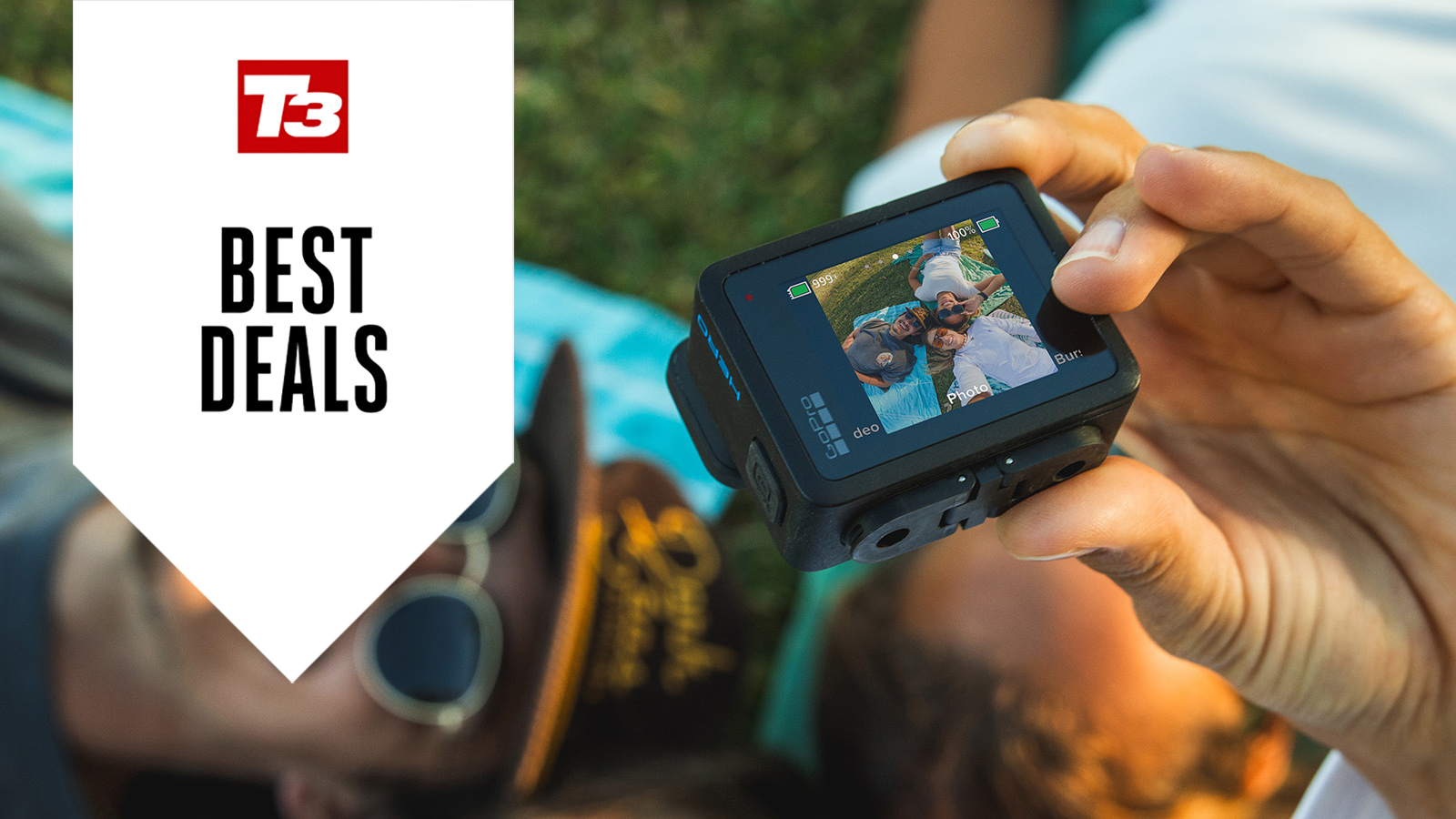
Dinky GoPro Hero is selling for cheap as chips at Amazon – bargain of the day!
GoPro's most affordable action camera can be yours for £174
By Matt Kollat Published
-
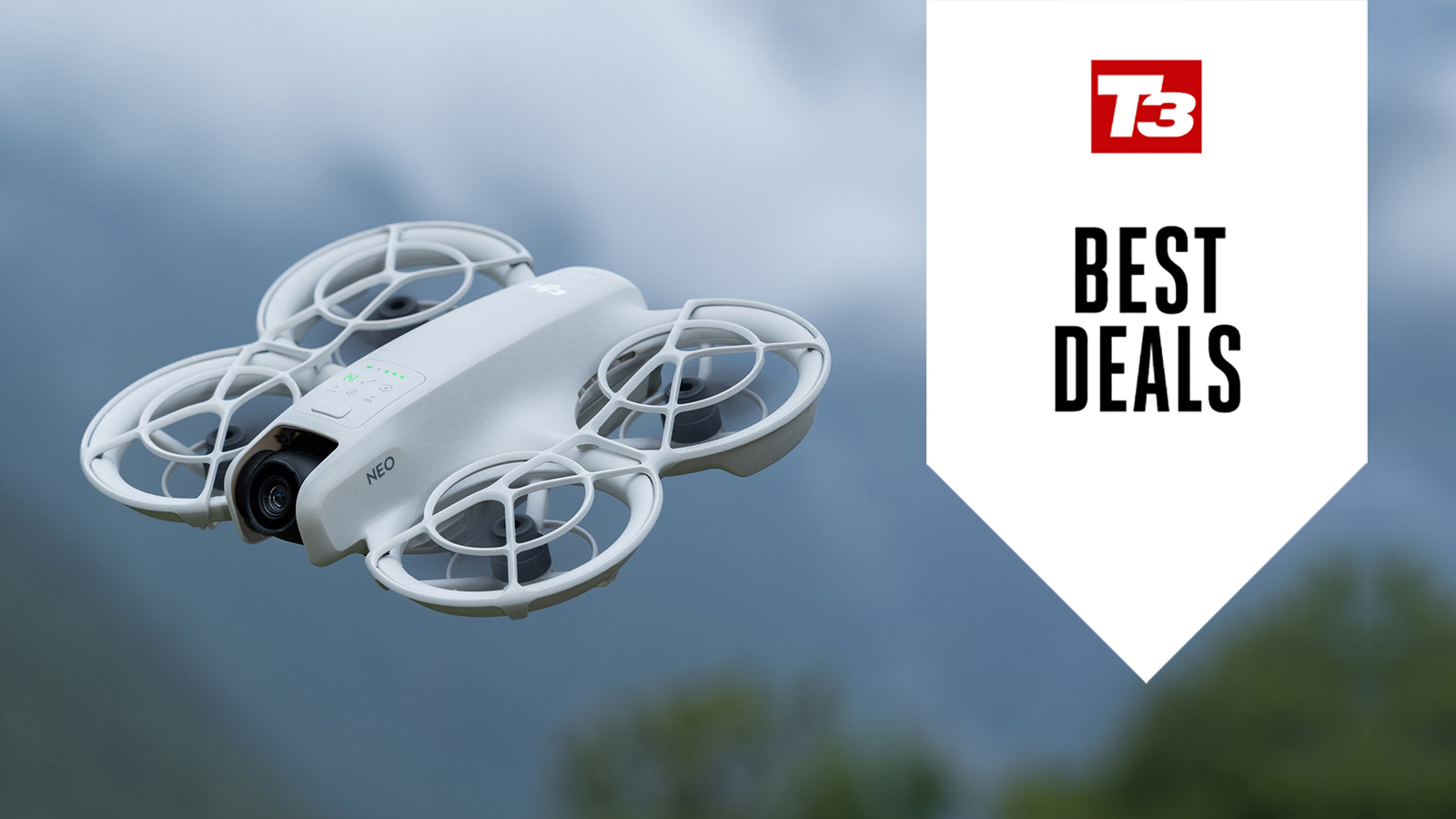
Act fast! Incredibly-cheap DJI Neo Fly More Combo deal appears out of nowhere
Save £50 on this already super affordable beginner drone
By Matt Kollat Published
-
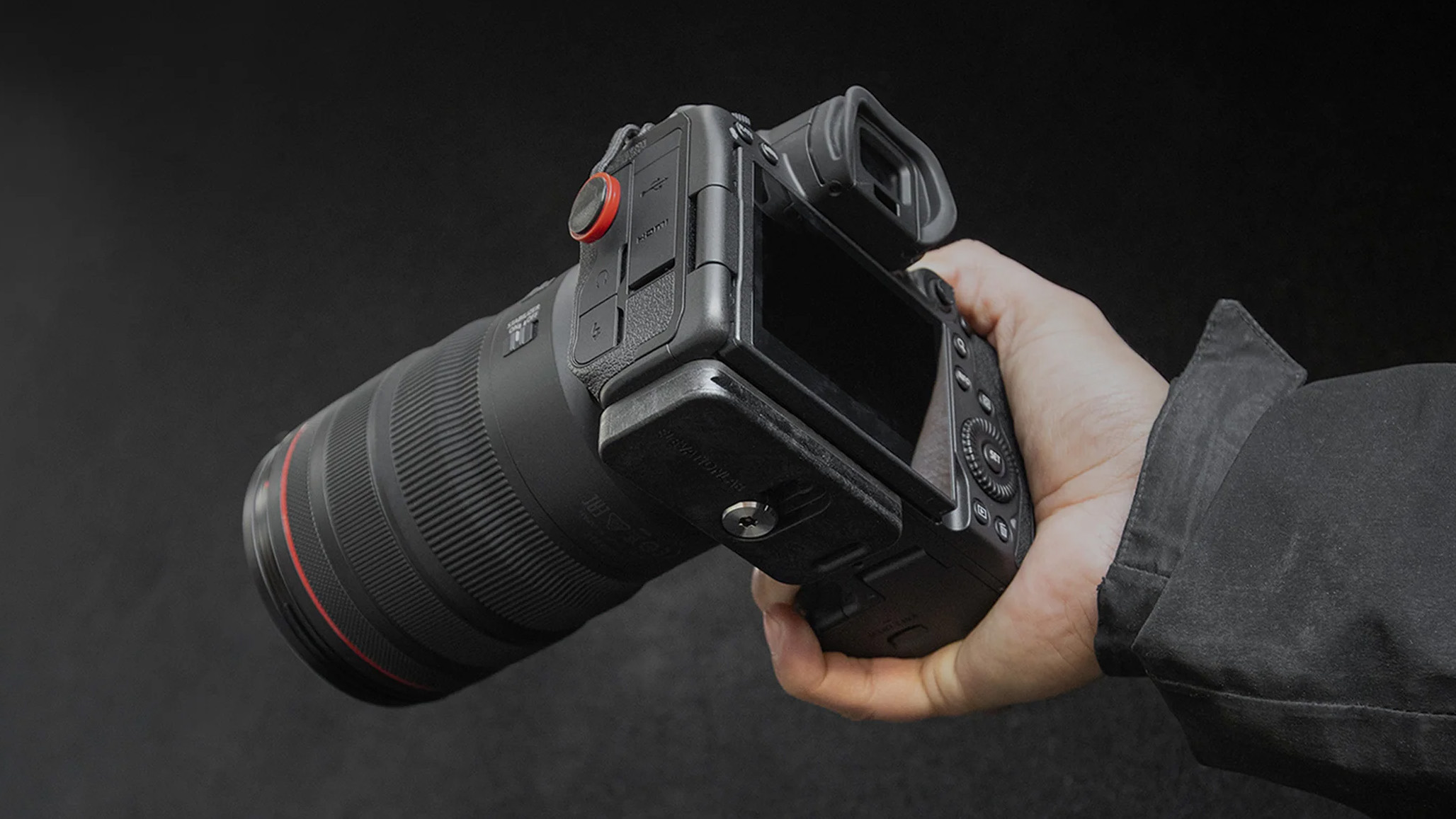
There's an ingenious and cheap way to make sure you never lose your camera
If you're worried about losing your expensive camera, this little device could help
By Chris Hall Published
-
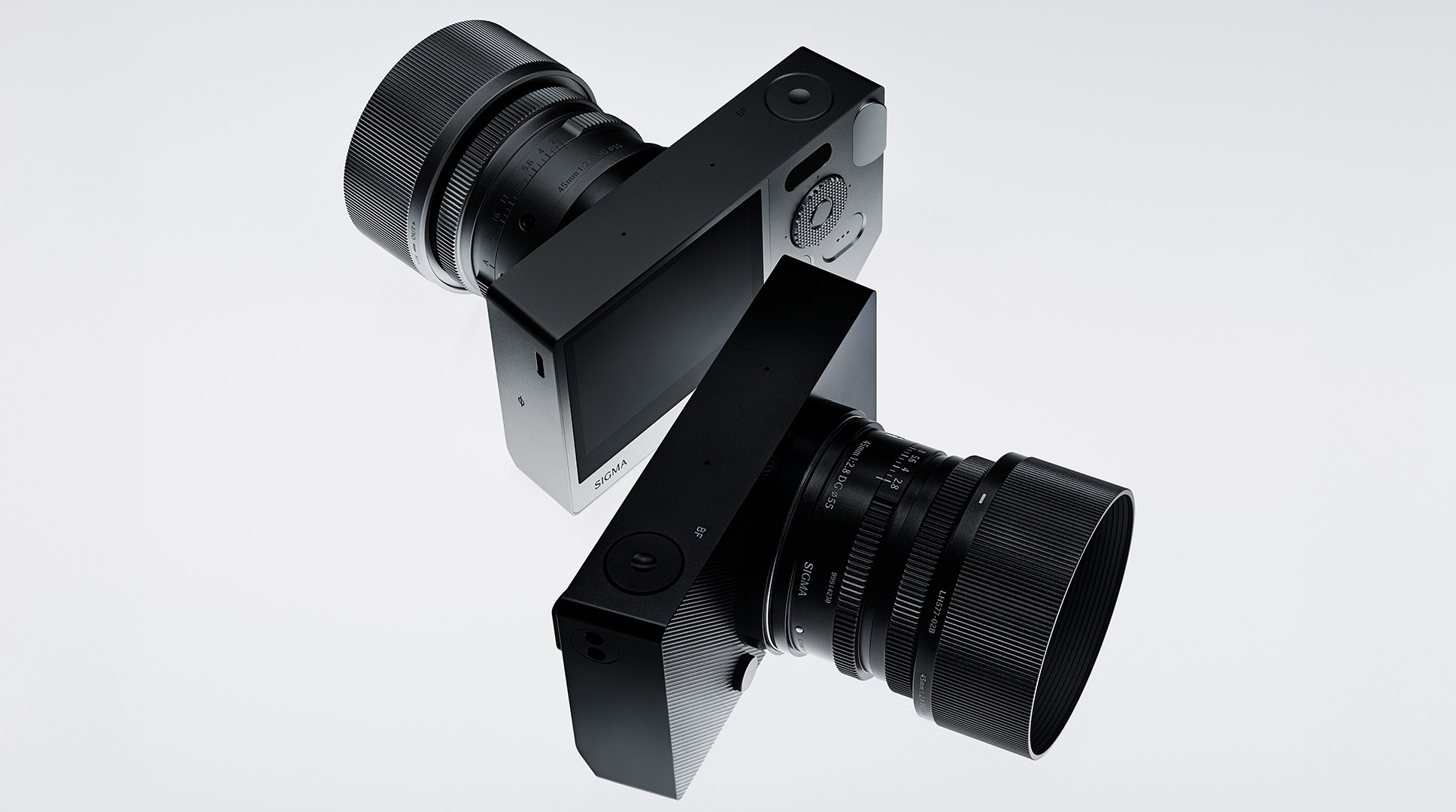
This sleek digital camera is a minimalist snapper's dream
Sigma's latest could have been designed by Teenage Engineering, it looks so cool
By Carrie Marshall Published
-
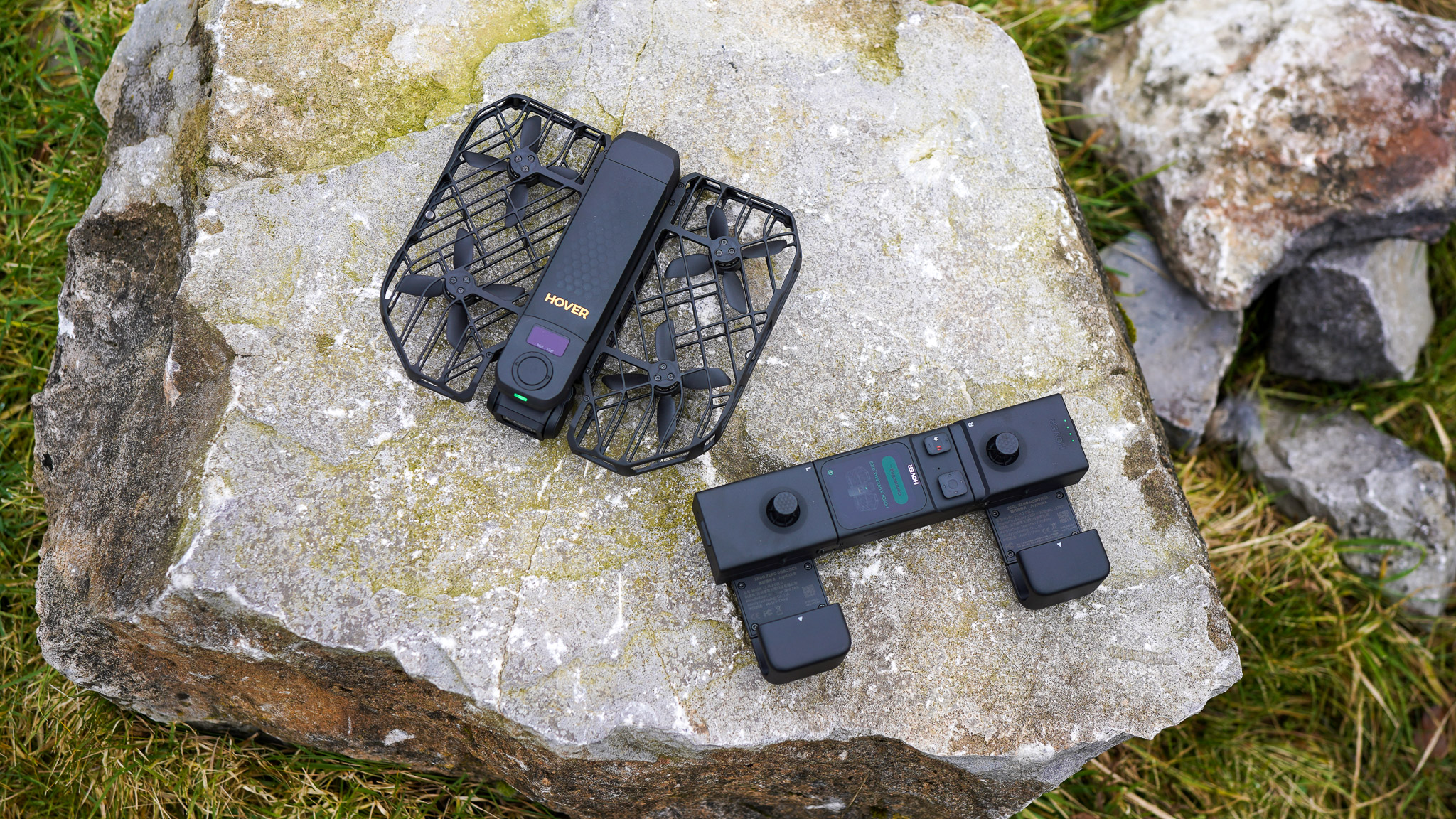
I put the fastest selfie drone to the test on my bike, and it refused to lose me
HoverAir’s X1 PROMAX can keep up with slow-moving cars, let alone me on the bike
By Matt Kollat Published
-
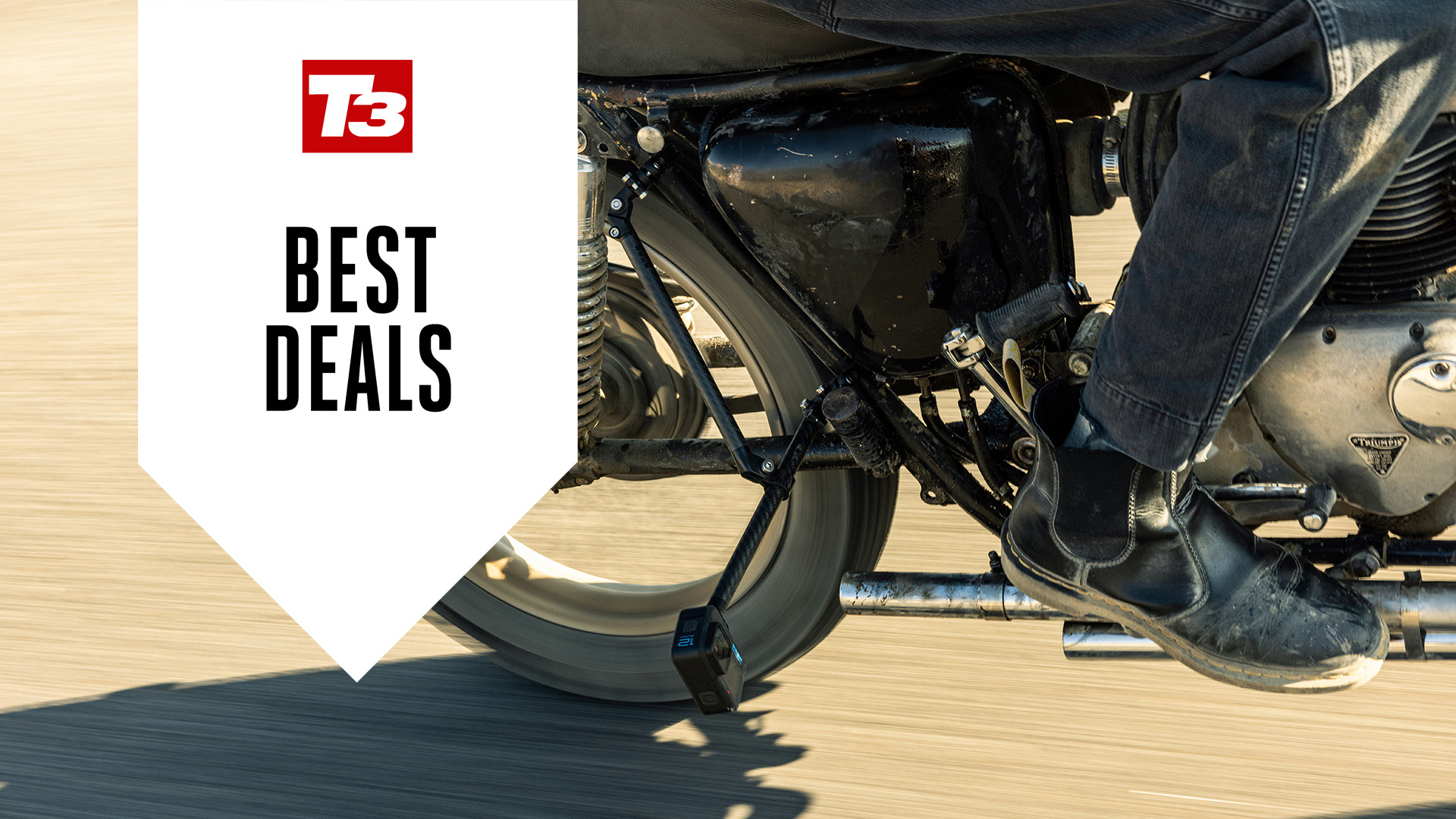
Best cheap GoPro deals for April 2025: Capture the savings
Because buying the best action cams shouldn't cost the earth
By Matt Kollat Last updated
-
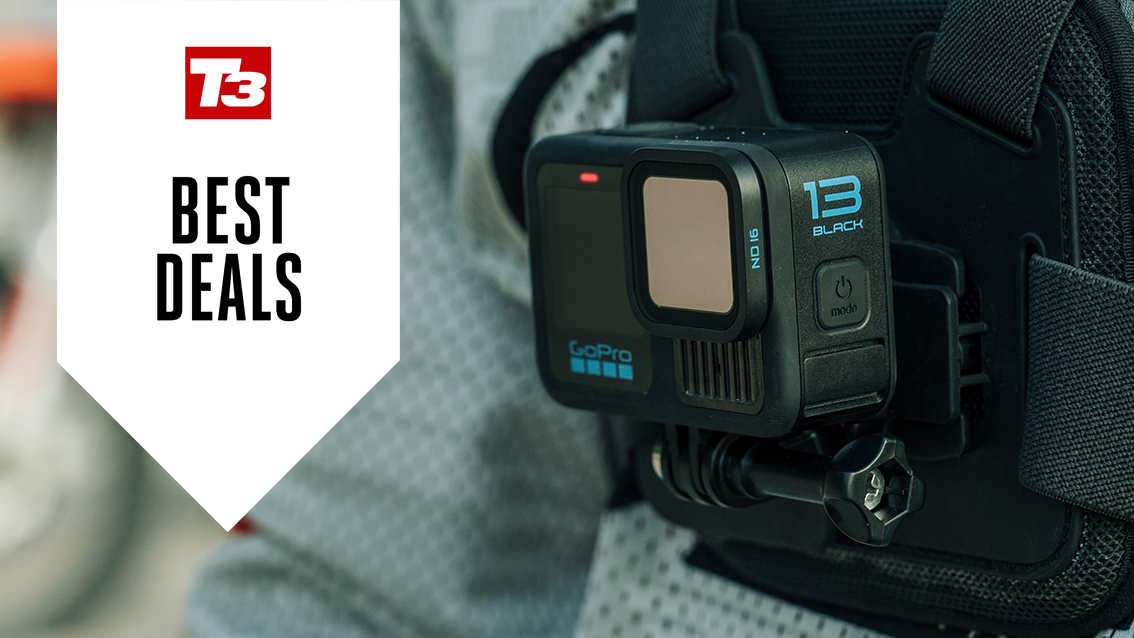
Run, don't walk! GoPro Hero 13 Black takes an unexpected price plunge at Amazon
Fancy having £100 off the latest and greatest GoPro? Right this way.
By Matt Kollat Published
-
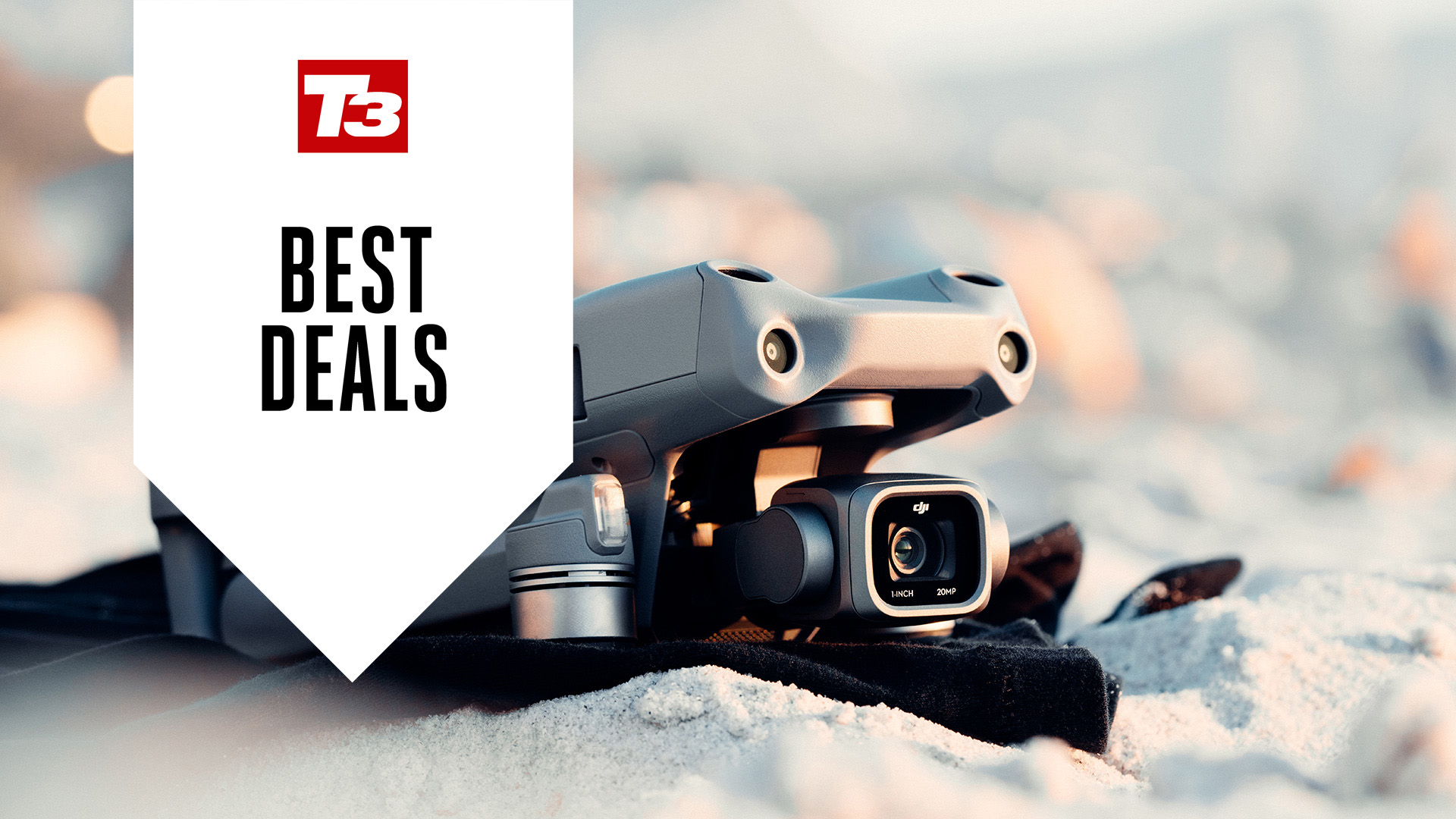
DJI's "ultimate camera drone" suddenly drops to an unbeatable price at Amazon
DJI Air 2S is a fantastic camera drone that can be yours for £170 less right now
By Matt Kollat Published
